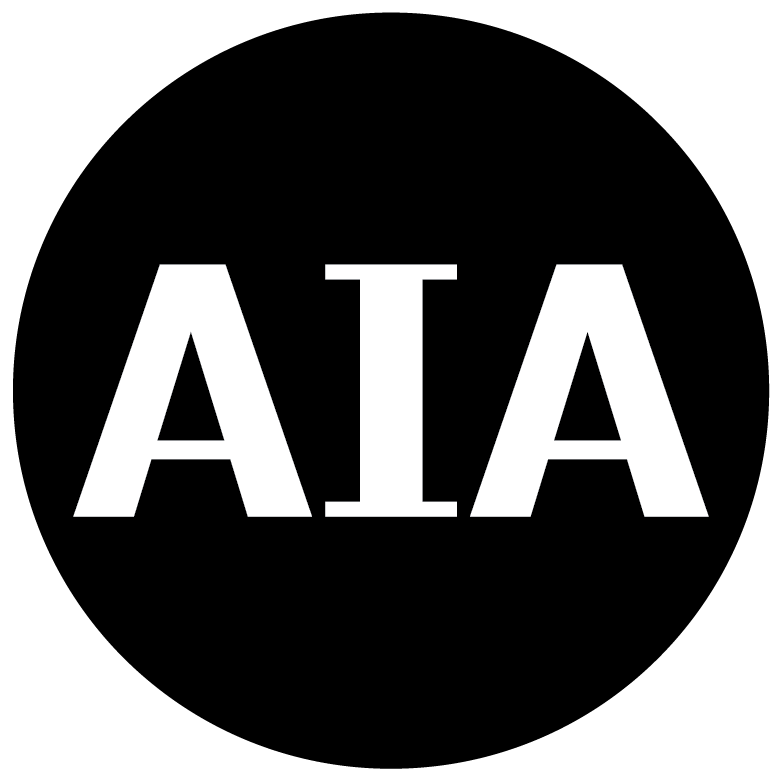We talked to three leading architects to get their insider perspective on what firms are looking for today and what it’s really like out there for new grads. Here are a few of the insights shared by Gabrielle Bullock, FAIA, IIDA, NOMA, LEED AP, Principal and Director of Global Diversity at Perkins+Will in Los Angeles; Tammy Eagle Bull, FAIA, NCARB, AICAE, President of Encompass Architects in Lincoln, Nebraska; and Guy Geier, FAIA, FIIDA, LEED AP, Managing Partner at FXCollaborative in New York.
It’s about initiative & collaboration
Whether firms are small, medium, or large, office life is no longer dominated by pecking orders and corporate speak. Instead, it’s about “collaboration” and embracing good ideas no matter who came up with them.
“We encourage the entrepreneurial spirit,” Bullock said. “Many of our core values—design, diversity, sustainability, social responsibility—were all born out of an individual’s passion that they drove and has become part of the DNA of the firm. So while we’re 2,200 people, we don’t really act that way. We’re very collaborative, we do many projects across offices, and we have many initiatives that are cross-office and cross-country.”
Your parents were right: Send a thank-you note
Sending a follow-up note should be a no-brainer, and it’s perfectly acceptable to do so via an email. But all three panelists said that a hand-written thank-you note, mailed or even dropped off at the office, stands out and means more.
“The handwritten notes—those are the ones that I read and that really make an impression because it shows that you really listened in the interview and that maybe you learned something or that something stayed in your memory,” said Eagle Bull, noting that even if she doesn’t hire the person for that position, she will be more likely to remember them when future opportunities open up.
Don’t neglect the basics
Among the attributes Geier’s firm looks for in young candidates is a strong personality and good communication skills. What’s more, “We expect our new hires, our recent grads, to get onto projects right away and start contributing. So we look for a high degree of skill sets, everything from 3-D capabilities, Revit, to hand sketching, which is still important to us and is an important ingredient to being a well-rounded architect.”
Don’t be afraid to want a work/life balance
All three architects emphasized that it’s OK to want some balance, and that their firms are finding ways to do that. At Encompass Architects, it’s common to see children and pets at the office, and schedules are flexible to accommodate family obligations. “It’s such an integral part of who you are as a person, who your family is and what your personal situation is.” Eagle Bull said. “We know that our employees are going to be happier and more productive if everything is in a balance and everything is taken care of.”
A large firm like Perkins+Will gets it too: “All of the articles and the research recently [show] that work/life balance and flexibility are absolutely key to a successful culture and to attracting and retaining talent,” Bullock said.
FXCollaborative recently changed its paid-time-off structure to a lump sum format, rather than separating out personal days, sick days, vacation days, etc., a move Geier said encourages employees to do what they need to do to balance their obligations.
Be prepared to work hard
Work/life balance still includes productivity—in fact, the architects said having that equilibrium helps employees be more focused and productive while at the office. Still, as a new designer, no matter what, you’ll get what you put into it.
“Be open to volunteering for anything. Get involved. Ask what you can do, what more you can do, what opportunities there are,” Geier advised new grads. “There’s always more than just the project you’re working on, and that’s always appreciated.”
Bullock agreed: “Be a sponge, be proactive, and don’t sit around and wait. The key is that relationships are important and will be important, so the sooner you can start developing them, the better.”
To take advantage of a free AIA membership for recent graduates; learn more here.

